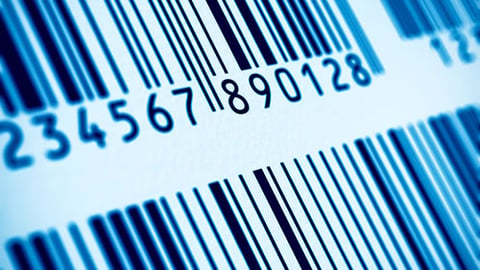How RFID Technology Is Changing the Retail Industry in 2024
For many years, radio-frequency identification (RFID) technology has waited in the wings in the retail sector. Businesses that dove in early on found RFID could add value to their supply chain management, inventory and sales processes. Most, however, were dissuaded from embracing RFID by costs, complexity and other concerns.
As 2024 unfolds, RFID is poised to play a larger role in the overall retail sector. Several advances in RFID technology promise to expand its appeal among retailers, allowing them to deploy RFID solutions with less expense and greater impact.
[RELATED: Special Report: The Story Behind Shrink]
Minimizing the Footprint of RFID Inlays
RFID technology allows businesses to attach data to products — contained in an RFID chip — that can be read at various phases of the product’s journey with an RFID reader. The chip is fitted with an antenna that transmits information when triggered by a message received from the reader.
The chip and antenna are contained within what is known as the RFID inlay. In 2024, retailers can expect to have access to RFID products with smaller inlays, which has the potential to drive expanded use.
Smaller inlays require fewer materials, which means a more affordable price for retailers. This promises to open the door for more retailers to begin using the technology. Additionally, retailers already using RFID tags may be able to use them in a broader range of applications.
The decrease in inlay size also allows RFID tags to be used for tracking smaller products. For example, individual cosmetics can be tagged with smaller inlays, providing enhanced security tracking. A multitude of small grocery items can benefit from the reduction in the size of RFID inlays.
The change in inlay size will make it easier for brands to integrate RFID into packaging design. Grocery brands invest heavily in packaging design, relying on eye-catching designs to differentiate them from competitors, and smaller inlays leave more space for integrating key branding components into packaging designs.
Increasing the Reach of RFID Antennas
One of the downsides of RFID technology has been the limited reach of RFID antennas. In most cases, readers can’t get accurate readings beyond 3 feet. Ultra-high frequency (UHF) RFID can extend the reach beyond 10 feet, but the added convenience also means added costs. These limitations have required retailers to design warehouse and retail floor spaces to accommodate the reach of RFID signals.
Retailers can expect to see advances in RFID technology in 2024 that extend the reach of antennas. An extended reach will empower many critical enhancements, including the ability to increase the efficiency of RFID-driven inventory systems.
Because RFID readers can reach tags without a line-of-sight connection, they’re a powerful tool for automating the updating of inventory records. As the reach of RFID antennas is extended, retailers will be able to track inventory in larger spaces with a smaller number of readers, improving efficiency and accuracy. In the grocery space, this can help to fine-tune ordering to avoid overstocking and spoilage.
For retailers that use RFID for tracking items once on display in stores, more powerful antennas will allow for more flexible store layouts. Current antennas require retailers to funnel products past readers to get reliable readings. The expected advances will allow for open floor plans that don’t restrict shoppers’ movements.
Retailers have experimented with using RFID technology to streamline checkout processes, but success has been limited by the limited reach of RFID antennas. With more powerful antennas in place, RFID readers can accurately scan entire shopping carts, rather than requiring each item to be removed and each barcode to be individually scanned.
Providing Customers With a Better Overall Experience
In addition to expanding behind-the-scenes capabilities, the latest advances in RFID technology also promise to empower retailers to provide a better customer experience in 2024. As mentioned above, the enhanced capabilities will help to drive better packaging design and retail space layout while retailers will have the capability to provide shoppers with real-time updates on what products are available and accurate information on where they can be found.
In 2023, RFID was considered helpful (but not essential) to most retailers, but that may change in 2024. RFID is quickly becoming standard in the retail industry, with many retailers now requiring RFID on products. Now is the time for all retailers to take advantage of the benefits that RFID technology can bring to their operations.






